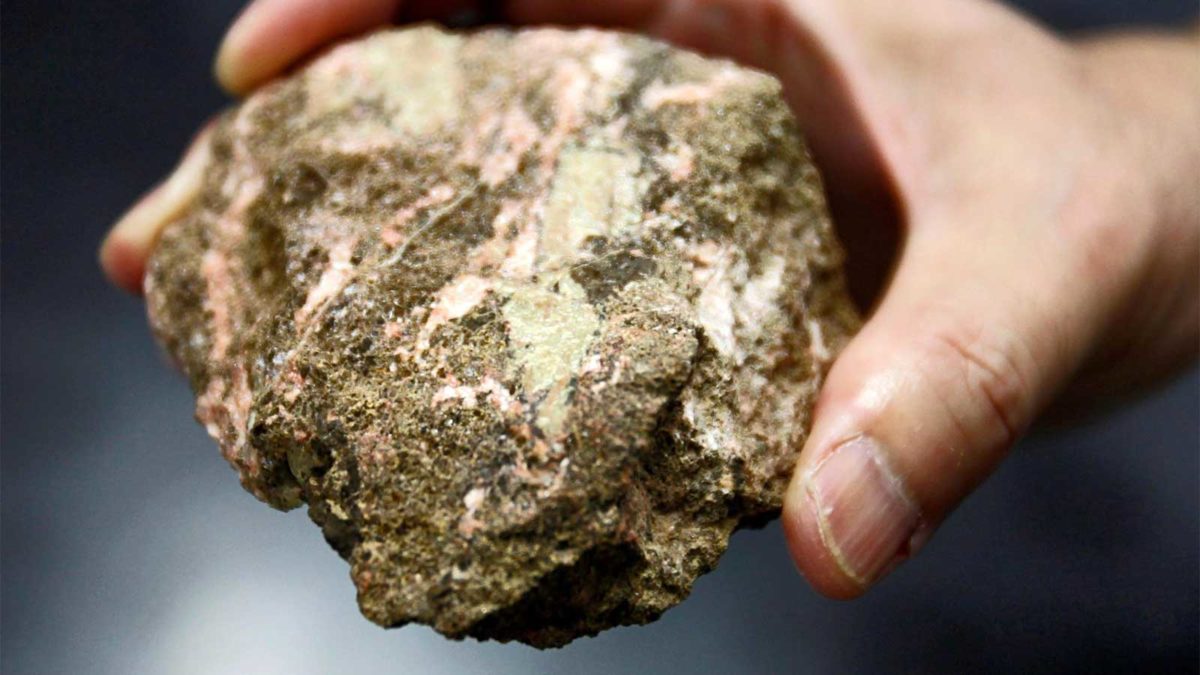Are rare earths really that rare?
How rare are rare earths?
Despite the ‘rare’ label, rare earths aren’t particularly rare. Rare earth elements are relatively plentiful in the earth’s crust, with cerium being the 25th most abundant element at 68 parts per million. This makes it as abundant as copper.
So why are they called rare?
It’s all about the processing. Rare earths are difficult to mine because they aren’t found in large quantities or veins like other minerals such as gold. They are very unusual to find in a pure form and need to be separated from one another using a variety of mining and processing techniques. And so, despite their abundance in the earth’s crust, these metals are valuable because they are hard to mine, and they are in high demand.
Rare earth elements (REEs) have become vital for the production of clean energy, electric vehicles, laptops, mobiles, consumer electronics, national defence and many more important sectors.
REEs are a set of 17 silvery-white soft heavy metals. The 17 rare earth elements are: lanthanum (La), cerium (Ce), praseodymium (Pr), neodymium (Nd), promethium (Pm), samarium (Sm), europium (Eu), gadolinium (Gd), terbium (Tb), dysprosium (Dy), holmium (Ho), erbium (Er), thulium (Tm), ytterbium (Yb), lutetium (Lu), scandium (Sc), and yttrium (Y). A list of the known sources of major rare earth deposits is shown the table below:

With China topping the list for mine production and reserves of rare earth elements, it controls the rare earths space, having some 44 million tons in reserves and 140,000 tons of annual mine production.
China hosts most of the world’s processing capacity and supplied 80% of the rare earths imported by the United States from 2014 to 2017. Although Vietnam and Brazil have the second and third-largest reserves of rare earth metals, their mine production is relatively small at only 1,000 tonnes a year each.

What are their uses?
According to Reuters, “Rare earths are used in rechargeable batteries for electric and hybrid cars, advanced ceramics, computers, DVD players, wind turbines, catalysts in cars and oil refineries, monitors, televisions, lighting, lasers, fibre optics, superconductors and glass polishing. Several rare earth elements, such as neodymium and dysprosium, are critical to the motors used in electric vehicles.
“Some rare earth minerals are essential in military equipment such as jet engines, missile guidance systems, antimissile defense systems, satellites, as well as in lasers. Lanthanum, for example, is needed to manufacture night-vision devices. The US Defense Department accounts for about 1% of US demand, which in turn accounts for about 9% of global demand for rare earths, according to a 2016 report from the congressional US Government Accountability Office,” says Reuters.
Apple uses rare earth elements in its speakers, cameras and the “haptic” engines that make its phones vibrate. The strongest known magnet is an alloy of neodymium with iron and boron. Adding other REEs such as dysprosium and praseodymium can change the performance and properties of magnets.
Tesla says it “started in 2019 to combine engine types. Its S and X models have two motors: one with rare earth magnets, one without. The induction motor provides more power, while the one with permanent magnets is more efficient, Tesla says that including a rare earth motor boosted the models’ driving range by 10%.”
One megawatt of wind energy capacity requires 171 kg of rare earths; a single US F-35 fighter jet requires about 427 kg of rare earths, and a Virginia-class nuclear submarine uses nearly 4.2 tonnes.
Australia’s Lynas Rare Earths (ASX:LYC) is a rare outlier. The US Department of Defense recently awarded $30.4 million to Lynas to build a Texas facility for processing specialised minerals used to make weapons, electronics and other goods.
The plant will be a commercial light rare earths separation plant. Once operational, the plant is expected to produce approximately 5,000 tonnes a year of Rare Earths products, including approximately 1,250 tonnes a year of NdPr. The plant will be able to receive material directly from the cracking & leaching plant that Lynas is developing in Kalgoorlie, Western Australia. Washington is pushing to secure domestic supply of essential minerals, to give the US an independent supply source in a market currently dominated by China.









